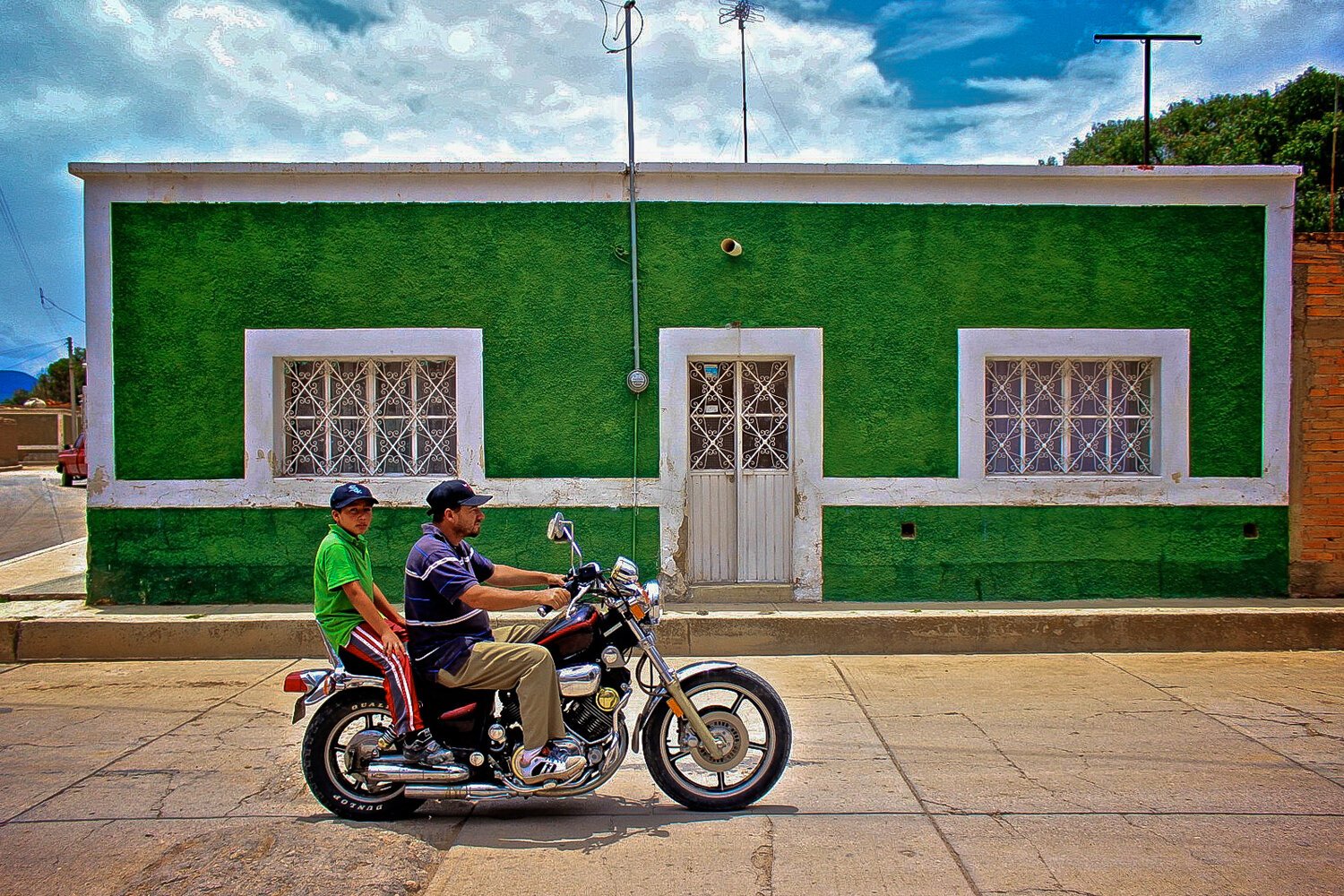
Chicago Chiquito is the nickname given to La Haciendita, a small town of less than 600 residents in the state of Guanajuato, Mexico. For a century, its families have migrated north to the United States looking for work. In the 1920s, they laid railroad tracks in the Midwest. In the 1940s, when WWII left a shortage of labor in the northern country, they were among the 4.6 million Mexican men who migrated as braceros. But it wasn't until the end of the Bracero program in 1964, when families began to permanently move to America—some to the city of Chicago.
With almost no economic opportunities in La Haciendita, they sought a chance in Chicago, a place they heard had abundant factory jobs and a path to U.S. residency. They worked for little pay, endured brutal winters, and raised their children in a culture and language unfamiliar to their own. So many residents migrated to the city that eventually those in neighboring towns began referring to La Haciendita as Chicago Chiquito, a name that translates to Little Chicago.
Using family archival and digital photography, textiles, and installations, Chicago Chiquito tells the story of the Yepez and the Herreras, two families from La Haciendita who migrated to the city in the late 1960s. Exploring universal themes of family, migration, identity, and mental health, the exhibition provides a glimpse into the immigrant experience in Chicago. As a platform for collecting and sharing history, Chicago Chiquito is an ongoing project that invites viewers to share their own story, helping unveil a new chapter to Mexican and American immigrant history.

Bridgeport Art Center
Curated by Gustavo Herrera Yepez, Chicago Chiquito was on view at Bridgeport Art Center from January 20 to March 3, 2023. The exhibition featured seven visual artists exploring the themes of family, migration, identity, and mental health.













